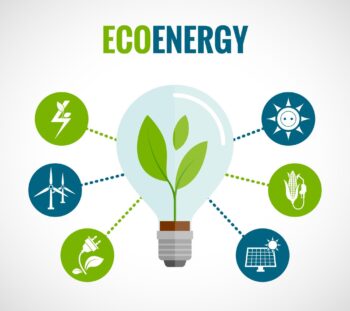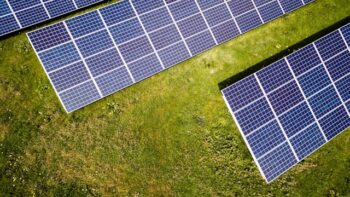Nuclear energy is the most important sub-sector of global energy, which began to make a significant contribution to global electricity generation several decades ago. The cost of electricity generated by nuclear power plants today allows us to talk about serious competition from their side to other types of power plants. A clear advantage of a nuclear power plant is the absence of aerosol and greenhouse gas emissions into the atmosphere.
Nuclear power plants account for about 17% of the world’s electricity generation. The industry also ranks third after coal and hydropower. The most widespread nuclear power plants are in the United States, the country is currently in operation over 100 power units with a total capacity of up to 100 GW, but France is the leader in the field of nuclear energy in the world, which uses 58 power units, producing about 75% of all nuclear energy in the world. In general, today the world nuclear power industry includes 440 nuclear reactors located in 31 countries of the world and in total produce about 370 GW of electricity.
France is the world leader in terms of the share of nuclear power plants in national electricity production. The nuclear power industry in this country is developing in a systematic and stable manner. It operates 59 nuclear power units with a total electrical capacity of about 70 GW, which generate 78% of the country’s total electricity. At the end of 1997, a pressurized water reactor (PWR) with an electrical capacity of 1,450 MW was commissioned in France, which belongs to the third generation of high-safety reactors. In 2007, construction began on a new, third, 1600 MW power unit at a nuclear power plant near the town of Flamanville.
In Japan, 55 nuclear power units are in operation, which produce 34% of the country’s electricity, and one more is under construction. Moreover, in 1991 there were 41 of them, that is, in recent years, 14 new power units have been built. By 2016, it is planned to bring the share of “nuclear” electricity to 40%. It should be noted that all nuclear power plants in Japan are located on the sea coast in seismically active regions.
In Sweden, the share of energy generation from 10 power units is about 45% of the total national electricity production.
There are 17 nuclear power units operating in Germany, and the share of electricity generated at nuclear power plants is more than 30%.
The largest nuclear power plant in the world belongs to the United States. 103 power units in operation with a total capacity of almost 100 GW provide the production of almost 20% of the country’s total electricity.


